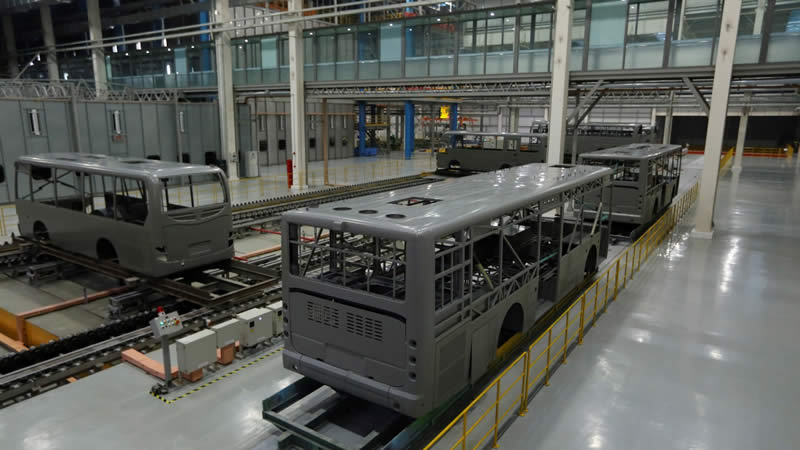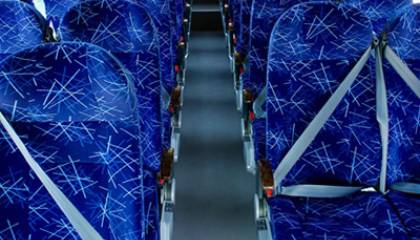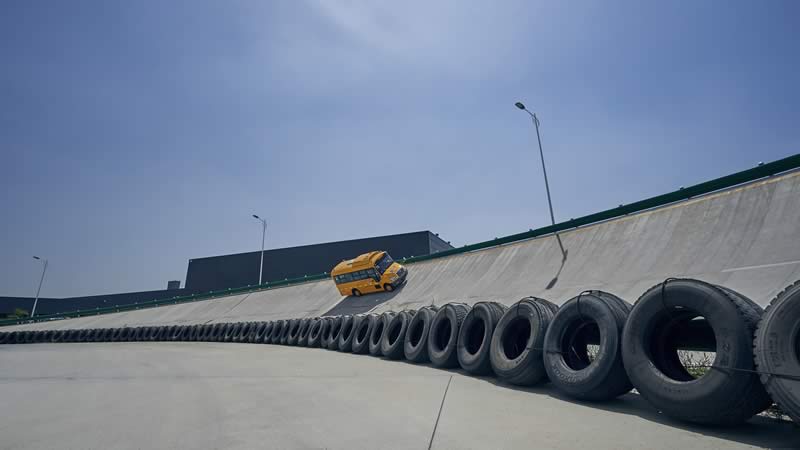Safety
Our Safety Standard
Yutong buses are designed with passenger safety at the forefront. The integrated steel structure, steel nose, roof and rear of the vehicle provide unsurpassed body strength.
Full Steel Body

A unique feature of the Yutong buses is the steel roof, front and rear, which is uncommon. This gives added strength to the vehicle, without adding extra Tare weight.
Rollover tests
Yutong perform actual roll over tests on their vehicles with the tilt angle reaching 42° (national standard is 35°). The rollover test ensures that the strength of the vehicle structure is sufficient to protect passengers in the event of an accident.
3-point seatbelts

All Yutong buses can be provided with 2-point or 3-point seat belts as per your requirement, offering better protection and safety for your passengers.
Road simulation test

Before a new bus model is put into mass production, Yutong carries out a series of destructive tests simulating real road conditions. This enables them to test the reliability and durability of the vehicle and therefore further reduce maintenance costs.
Simulation test for chassis

Yutong was the first to introduce the all-terrain road simulation test rig. The simulation can perform different driving actions such as wheel run-out, steering, braking, etc. This simulation allows them to verify the reliability of the chassis framework, axles, leaf springs, air bags, shock absorbers and anti-roll bars.
Electromagnetic Retarder
This secondary braking system comes standard on all medium and large Yutong buses sold in South Africa. The Yutong vehicles are all fitted with CAMA retarders and serve to slow vehicles, or maintain a steady speed while traveling down a hill, and reduce brake wear and heat build up.
ABS (AntiLock braking systems)
All the Yutong bus models sold in South Africa come standard with the WABCO Anti-Lock Braking System (ABS). This safety feature helps prevent a vehicle’s wheels from locking, especially on slippery roads. ABS also assists the driver to keep control of the vehicle during emergency manoeuvres and optimizes the stopping distance compared to locking wheels.
